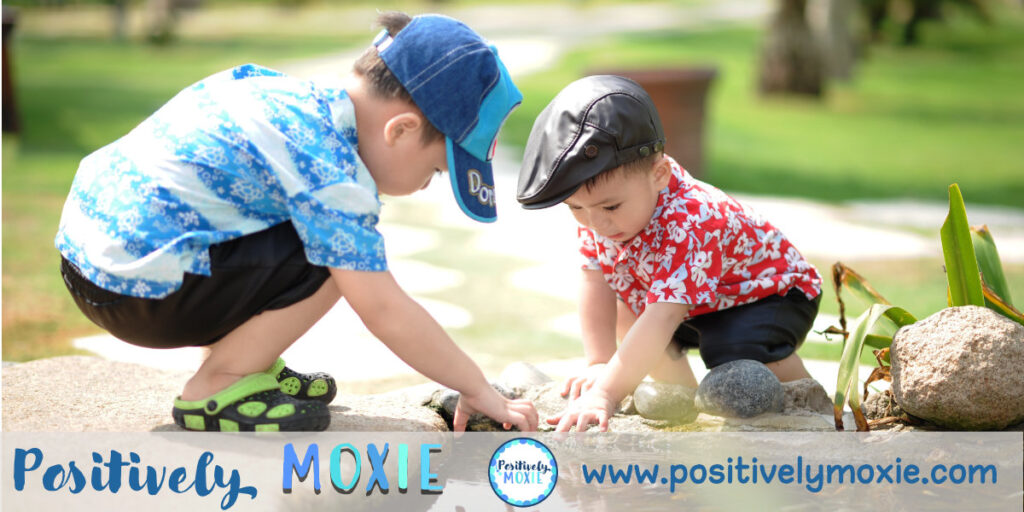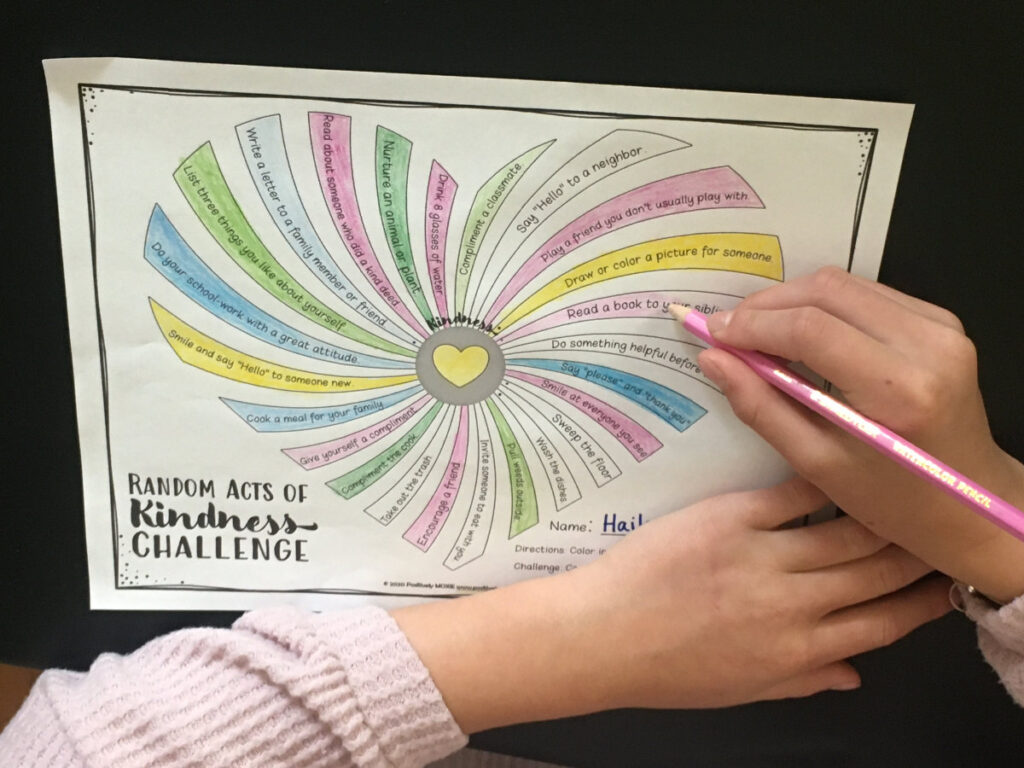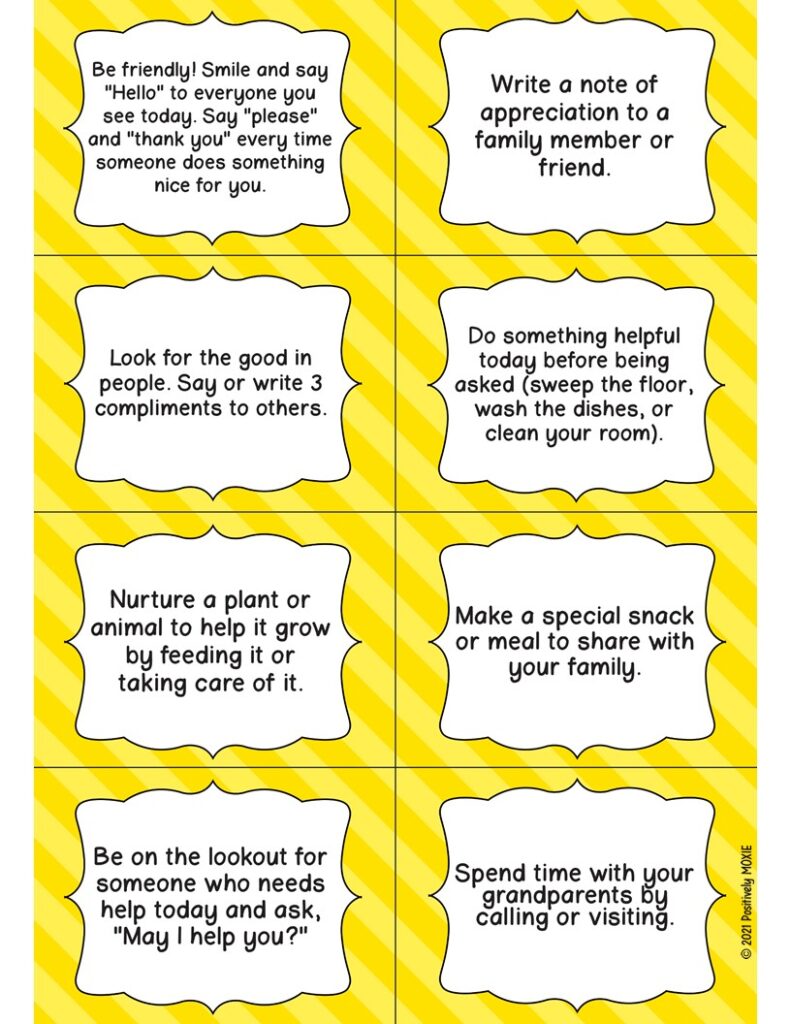
What is Kindness?
Of course, there are many reasons to teach kindness, but we are going to focus on 6 reasons to teach kindness and learn some ways to do it. Kindness is a “benevolent and helpful action intentionally directed toward another person and it is often considered to be motivated by the desire to help another…” (APA Dictionary of Psychology, 2014).
In addition to taking action, kindness also takes courage. It may show up as a comforting hug, encouraging words, a helpful or generous act, or a friendly smile. Ironically, although kindness is all about giving to others, the givers of kindness often benefit the most. Children who are kind will develop empathy and resilience. Everyone benefits when there is kindness in the world and here are six reasons to teach kindness:
The 6 Reasons to Teach Kindness
1. Increases student motivation for learning.
Showing kindness increases student motivation for engagement and learning. The more students perceive respect and kindness in a learning environment, the more they learn.We can help create an environment of kindness and respect by taking the time to learn names with the help of this activity and by participating in random acts of kindness. As adults, it is up to us to model the behavior that we would like students to learn. You may check out our Kindness Unit for ready-to-go activities.

2. Mood and Health Benefits
According to research, when you are kind to another person, your brain’s pleasure and reward centers light up, as if you were the recipient of the good deed—not the giver. This phenomenon is called the “helper’s high.” An idea is to give kids the opportunity to volunteer or tutor a younger child. Doing chores for an elderly person and helping clean up the local park are other great ideas.
3. More prosocial behavior
Middle schoolers who believe their parents value being helpful, respectful, and kind (over excelling academically, attending a good college, and having a successful career) perform better in school and are less likely to break rules. We show children what we value by what we say and what we do. When we notice children being helpful, and we say something, we are reinforcing that it is important to us and they are more likely to do it again.
4. High academic achievement
Eighth graders with the greatest academic achievement are not the ones who got the best marks five years earlier; they’re the ones who teachers and classmates rated as most helpful by their third-grade classmates and teachers.
5. Activate brain reward centers
Researchers in Japan found that the same area in the brain, the striatum, activates when a person receives a compliment or money. Writing cards is a fun and easy way to spread kindness and to reap the health benefits for everyone!
6. Kindness promotes smiling – a mood-booster
Smiling really is contagious. In a study conducted in Sweden, when people looked at others who were smiling, their muscles twitched into smiles involuntarily. This is an easy one that we can all start doing right now!
Let’s get started!
Our Kindness Unit allows students to reflect and collaborate. In addition to five fun and relevant lessons, we have included a kindness vocabulary word wall, a kindness heart for students to track their random acts of kindness, a kindness game, and a Teacher Toolbox to keep you on track with your own growth. Focusing on kindness will allow you and your students the opportunity to engage, reflect, and collaborate on activities that will build kindness in their hearts and in your classroom. Get started today with your free printables: Acts of Kindness poster and Kindness Cards.





